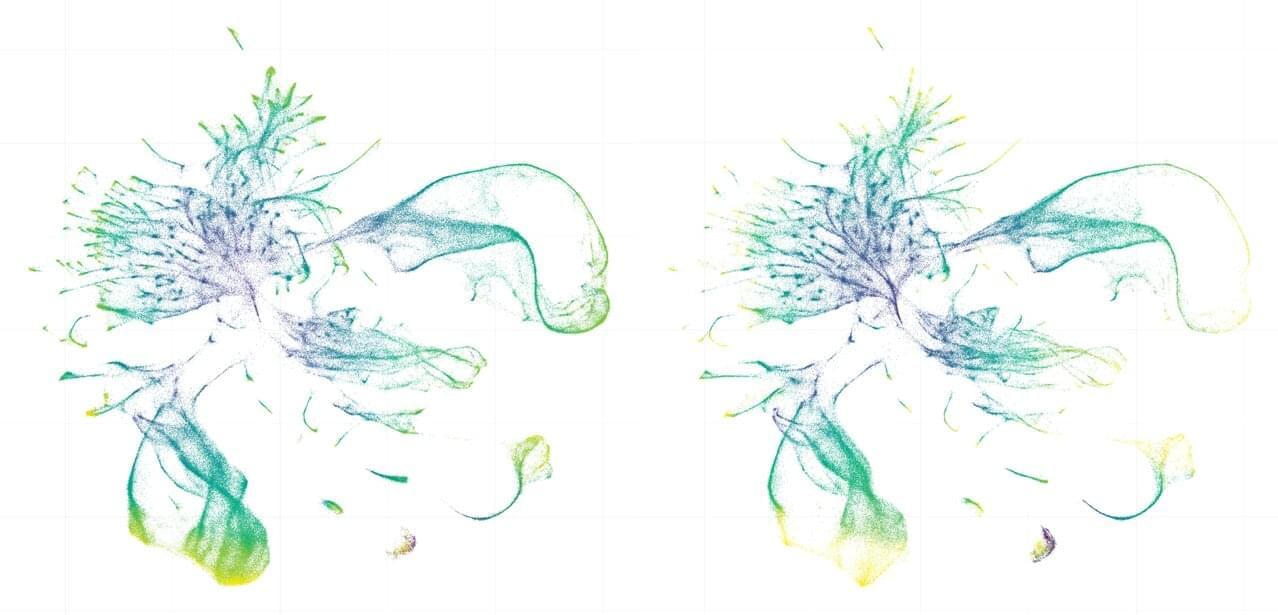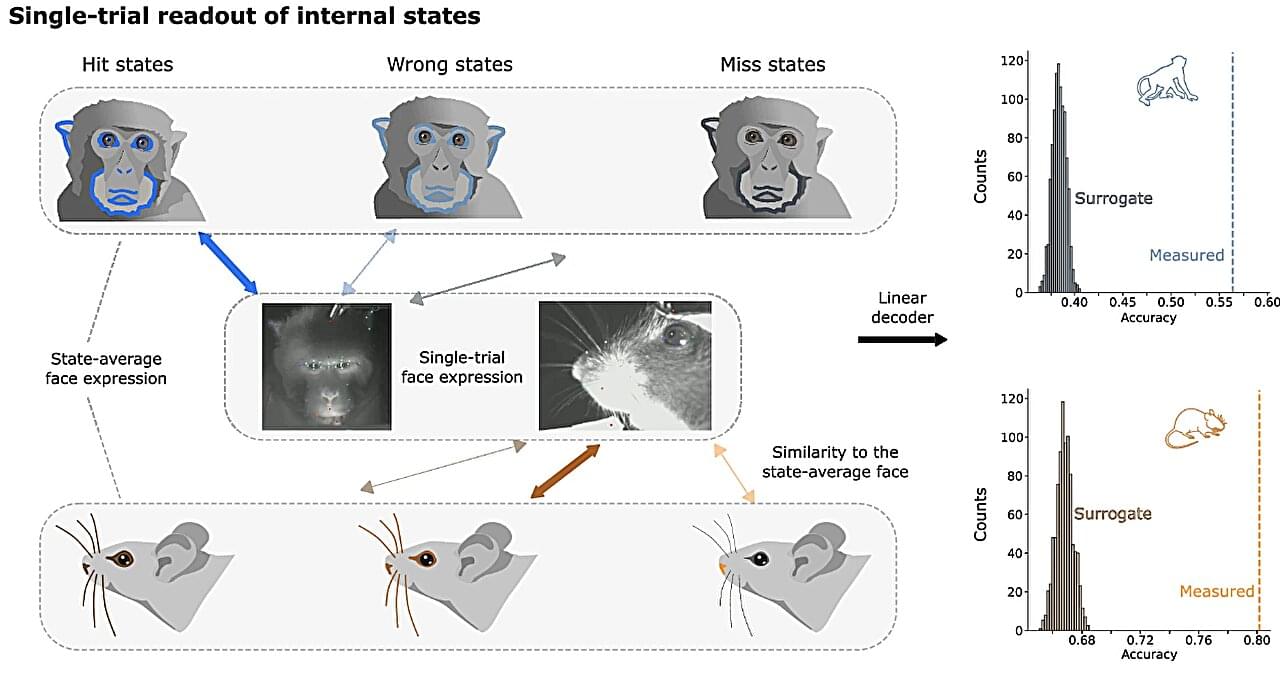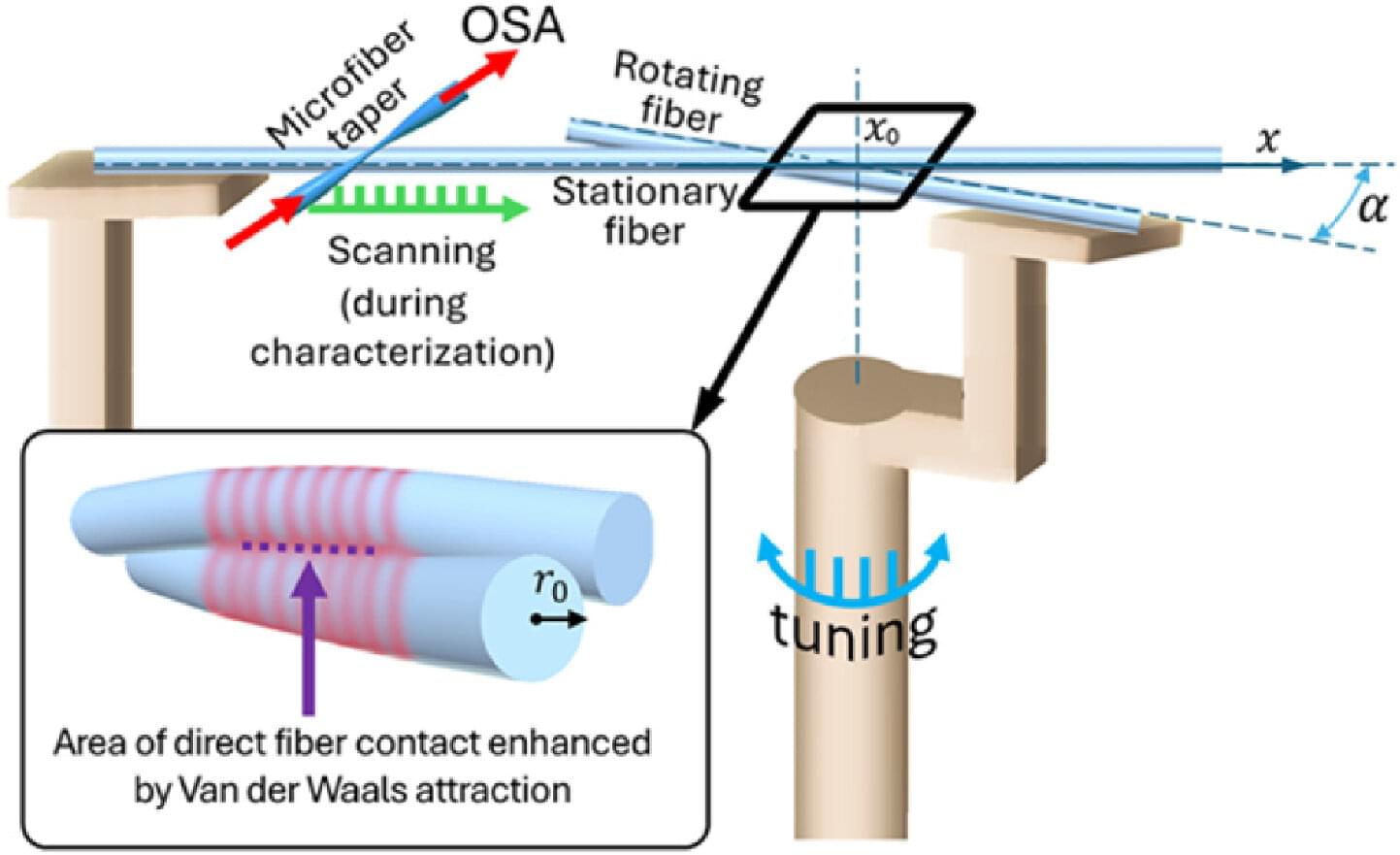Two species of worms have retained remarkably similar patterns in the way they switch their genes on and off despite having split from a common ancestor 20 million years ago, a new study finds.
The findings appear in the journal Science.
“It was just remarkable, with this evolutionary distance, that we should see such coherence in gene expression patterns,” said Dr. Robert Waterston, professor of genome sciences at the University of Washington School of Medicine in Seattle and a co-senior author of the paper. “I was surprised how well everything lined up.”









